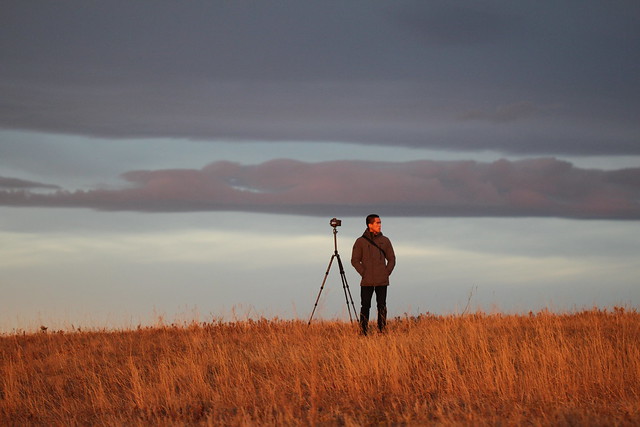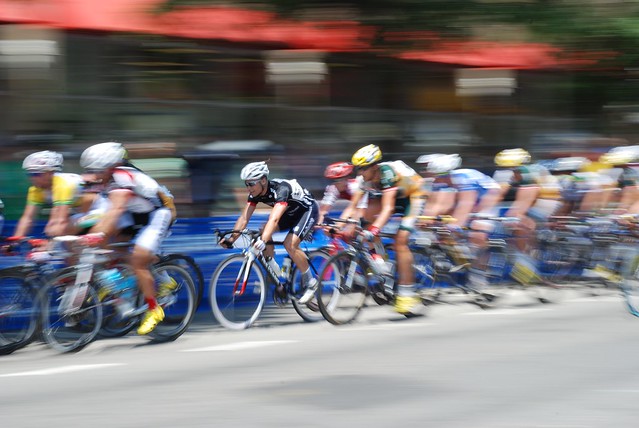New-found interest in photography came about when the digital age made it easier to take photos and share them with a bigger audience, whether through blogs or social networking sites. Taking pictures can be a truly gratifying experience when you see the lovely outcome.

“Chasing the sunrise” captured by davebloggs007
Now you don’t really need a sophisticated camera to take a stab at photography. Even the simplest device can beautifully capture a moment or scene when a skillful eye takes the lead. Budding shutterbugs will find it useful to follow these tips:
1. Follow the Rule of Thirds
Often mentioned in the world of photography, the Rule of Thirds was actually discovered by Greek artists who were masters of their craft.

“Orchid in Thirds” captured by Tim Sackton
Imagine the scene you’re capturing to be framed in a rectangular shape that is divided into nine equal parts by two horizontal lines and two vertical lines. Now create more drama or depth by putting your subject at any of the points where the lines meet. The ideal composition of your picture can also be achieved by moving in closer to the subject and taking out the unnecessary elements. Lastly, keep the horizon aligned properly when taking landscape photos.
2. Pay attention to lighting
The amount of lighting available can help you get the effect you’re hoping for. Remember that the direction of the light is an important factor when you take your picture. Bring out a soft glow by making use of indirect light. For wonderful outdoor scenes, make sure that you’re standing behind the sun so that the subject is facing the source of light.
3. Keep snapping!
When using subjects such as animals and children, it may be difficult to control their movements while you’re waiting for that one cute pose. Just snap away and review the series of pictures afterwards. That’s the huge benefit of digital photography—maximize it! Later on, you can browse through your shots to find that special photo that catches your eye. Through constant practice, your fingers will be more trained to hit the shutter at the right moment.
4. Use the right shutter speed
Play around with the speed settings of your camera’s shutter to be able to capture images in their dynamic form. Generally speaking, moving objects must be captured by a fast shutter speed, unless you deliberately want a blur. Then, once you feel more comfortable fiddling with settings and stuff, you can start experimenting with the right type of lens to complement the speed setting. Sports photographers, for instance, are often seen toting cameras with huge and long lenses in order to catch that winning shot close up and as it happens.

“Clarendon Cup ’10 – 4” captured by Brendan McMurrer
5. Experiment with angles
A view of a house or room can become more interesting when shot from a different angle other than eye level. Try taking pictures from ground level, or climb up a chair for a different perspective. Or try slanting your camera from 10 to 45 degrees. Unless you’re taking a landscape picture, a little slant tends to add dynamism to your images.
About the Author:
Once you’ve become more comfortable with the camera, improve your photography skills even more by investing in important equipment such as tripods, filters, and lenses, and learn to use them. Who knows? Your new hobby just might open up for you a lucrative new career in food photography or wedding photography in the future.
Go to full article: Top Photography Tips for Beginners
What are your thoughts on this article? Join the discussion on Facebook or Google+
Article from: PictureCorrect